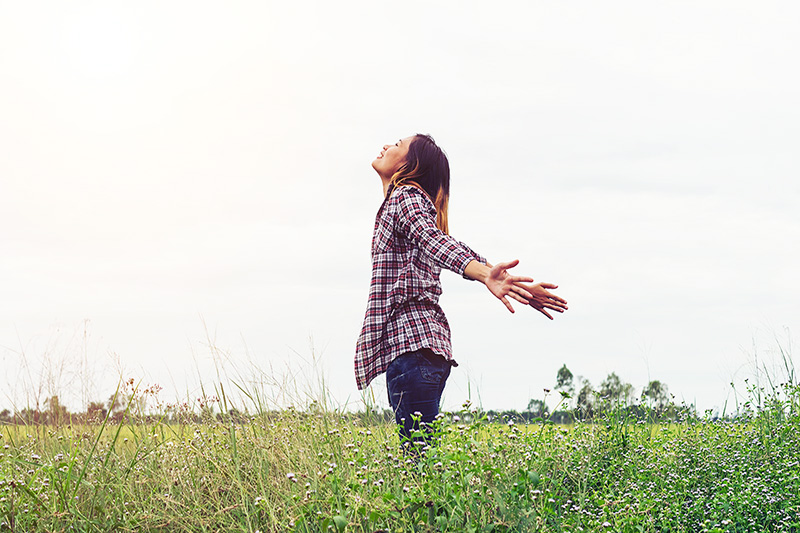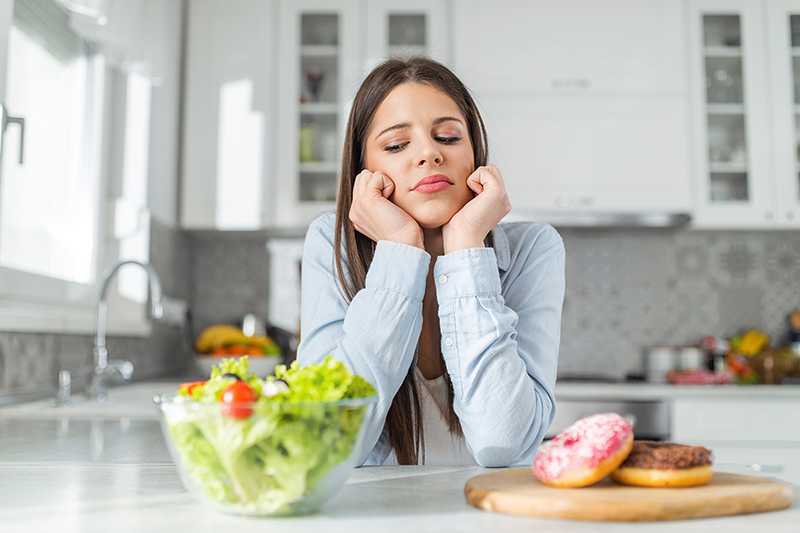How to Feel Better When Stress or Anxiety Hits
You can quickly de-stress with simple exercises

How do you feel when you read the words stress and anxiety? Stress is your body’s way of responding to any kind of demand—good or bad. It can be acute (a fight or flight response) or chronic (increases or lasts for long periods of time). We can’t avoid or eliminate stress, but we can learn how to identify and manage stress while finding balance during challenging times.
Oftentimes, stress that goes unchecked can lead to physical symptoms like headaches, stomachaches, muscle tension, frequent illness, exhaustion, poor sleep, and depression.
So if you can’t run away to the Bahamas, what can you do?
- Start by acknowledging the issues in your life that cause you stress.
- As you identify triggers, think about good habits that may help you relax. Be mindful of how you feel in certain situations.
- Take a few minutes each day to think about something you’re grateful for.
- Establishing healthy habits—such as regular exercise, healthy eating, and sleeping well—can help you physically feel better during extended periods of stress. Take time for yourself every day by choosing to do something you enjoy. You are being productive when you take time to give yourself a break.
Deep breathing and meditation can help you take a mental break and create resiliency. The exercises below can be done anywhere, don’t require equipment, and help you quickly de-stress.
Deep Breathing
How it’s done: This can be done seated or standing. Place one hand on the chest and the other on the belly. Take a deep breath in through the nose and feel the belly, not your chest, expand. Exhale slowly through the mouth and pull the belly toward the spine. Take six to ten deep, slow breaths per minute for five to ten minutes. Even two or three minutes can be beneficial.
Progressive Relaxation
How it’s done: This can be done seated or standing. Close the eyes and focus on taking a few deep, slow breaths. Begin flexing and relaxing each muscle group in the body. Start with the feet and toes, then move up the body toward the knees, thighs, glutes, chest, arms, hands, neck, jaw, and eyes. Continue taking slow breaths. Move slowly and be mindful of how each part of your body feels.
Yoga can also help you bring your body and mind into balance. Check out our simple yoga poses to help you stay calm under pressure.
Sources:
1. Healthline. Anxiety and Headaches: What’s the Connection?. Web. 6 May 2019. http://www.healthline.com/health/headache/anxiety-headaches
2. Popsugar. 5 Easy Yoga Poses that Banish Stress Instantly. Web. 19 April 2016. http://www.popsugar.com/fitness/Yoga-Stress-36897490#photo-36897490
3. Yoga Journal. Beginner’s Yoga Poses. Web. 19 April 2016. http://www.yogajournal.com/category/beginners/beginners-poses/
4. Greatist. 6 Breathing Exercises to Relax in 10 Minutes or Less. Web. 19 April 2016. http://greatist.com/happiness/breathing-exercises-relax







